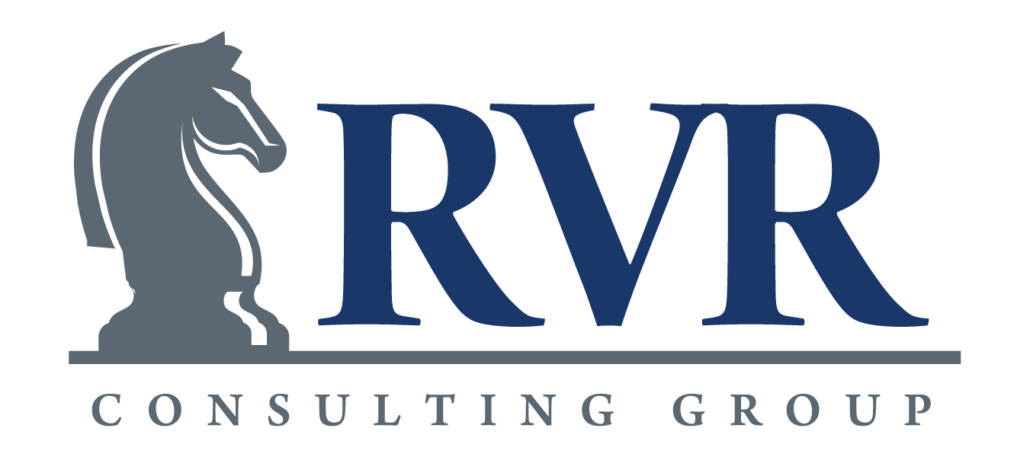PEO Business Intelligence: Make Informed Decisions with Management Reporting
Many PEOs do not have a clear understanding of their current performance, internal risks, and growth projections. Evaluating financial and operational data leads to better informed, quicker decisions, but it can also seem like a daunting task.
Common Challenges PEOs Face with Their Data
Over the years, RVR has recognized common challenges related to the accuracy, depth, speed, and reliability of management reporting, involving:
- How to best determine true profitability (or loss) of an individual client
- Unique reporting needs and complex operating structures
- The need to understand and analyze a diverse mix of clients by an ever-changing set of factors
- Necessary data is housed in disparate systems and has to be properly joined together into a useable data set
- Providing correct and up-to-date reports to regulatory and compliance agencies (DOL, Federal & State Government, etc.)
- Time and effort required to prepare necessary reports and dashboards for stakeholders
Why is Business Intelligence so Important?
Truly understanding and reporting on your business in a timely manner is crucial to keeping up with competitors that can make more informed and faster decisions. The ability to monitor trends, productivity, and profitability from a high-level and detailed view allows your management team to agree upon and support strategic decisions. For example, which clients are really the most (or least) valuable? A high revenue client may not be as valuable after consideration of the impact to your Worker’s Compensation and Health Insurance Programs. The following factors contribute to the increasing need for management reporting:
- Increased competition has decreased normal operating margins in many states and has created an urgent need for PEOs to understand their revenue and costs
- Increased regulatory and compliance standards and oversight in the industry
- The proliferation of private equity backed PEOs has increased the need for timely and relevant reporting
- Industry consolidation through acquisitions resulting in disparate data sets that must be joined together to produce meaningful results
What Information is Key to Understanding Your Business?
As a starting point, two key areas you should consider include:
- Net New Business vs Client Retention
Are your inflows greater than your outflows? As a PEO grows, it is often more challenging to grow sales organically and solve potential issues before they influence client satisfaction
- The quality of your key programs (Worker’s Comp/EPLI, Healthcare & SUTA)
- What are you monitoring?
- How are you forecasting your renewal?
- What proactive steps have been taken to improve the quality of your programs?
- How do the costs associated with these programs affect your position in the market?
- How are you communicating and preparing your clients for the impact of the renewal?
Recommendations
- Analyze your current data set and decide what key data is missing. Begin by looking at monthly client profitability data for the past three years.
- Decide how you want to allocate costs and revenue. For example, do you allocate drug testing costs back to a client or only reconcile this expense in the overall financial reports?
- Decide which key metrics drive the success of business.
- Create report formats that are easy to produce month over month but also provide key information managers can use to make informed decisions.
- Create an actionable plan from your analysis and track/drive the progress of your organization.


